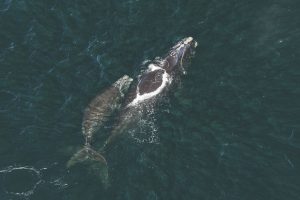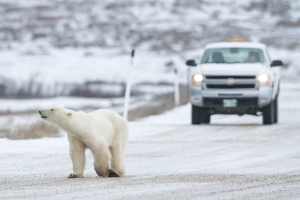Churchill, Manitoba, is the nicjnamed the “polar bear capital of the world.” (Photo: Norrie Franko/Can Geo Photo Club)
Move over bison: the polar bear is going to be the newest addition to the Manitoban emblem, becoming the province’s second official mammalian emblem. Although only announced by Manitoba premier Kelvin Goertzen earlier this month, Manitoba has long been known for its polar bears. Every July to November around a thousand polar bears migrate to the town of Churchill, Manitoba, earning it the nickname “polar bear capital of the world.” Recognizing Ursus maritimus as an official symbol will further highlight the connection and boost one of the province’s biggest tourism attractions.
A jab a day
Over 10 million Ontarians are already vaccinated against the COVID-19 virus, and Toronto Zoo animals may be next. The zoo is reportedly waiting for approval for a COVID-19 vaccine already being administered to zoo animals across the U.S. Dolf DeJong, CEO of the Toronto Zoo, said they aim to vaccinate primates, swine, big cats and bats in their care. The zoo is also aiming to vaccinate their Mustelidae, a family of mammals including weasels, otters, minks, badgers and wolverines, among others. Though the zoo is home to over 5,000 animals, only 140 of them are expected to get the shot. So far, none of the animals at the Toronto Zoo has contracted COVID-19.
A killer discovery







